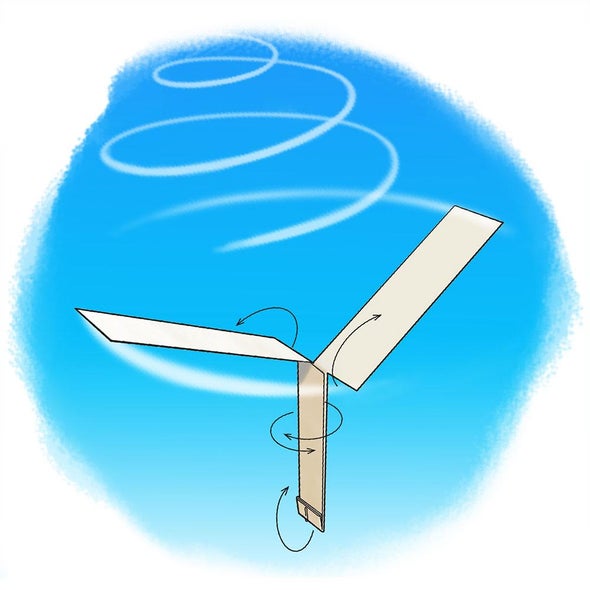 |
| August 27, 2021 |
 |
| |
| |
| |
| |
| |
| |
| |
| |
| |
| |
| Space Exploration Why Jeff Bezos's Blue Origin Is So Reviled Economic inequality, an indulgent trip to space and an ongoing legal battle with NASA are putting the space company in the hot seat | | By Chelsea Gohd,SPACE.com | | | |
| |
FROM THE STORE
 | | | |
| |
BRING SCIENCE HOME
 | | Make a Whirlybird from Paper |  Fly with physics! Learn how helicopters stay aloft by trying this fun science activity with a twist! Credit: George Retseck | Have you ever seen a helicopter flying through the air? Have you ever wondered how they fly—or if you could try flying one yourself? This fun activity will help you get started at home building a simple paper helicopter. And you will learn a little bit about what keeps these amazing vehicles aloft. | |  | |
LATEST ISSUES
 |
| |
| Questions? Comments?  | |
| Download the Scientific American App |
| |
| |




